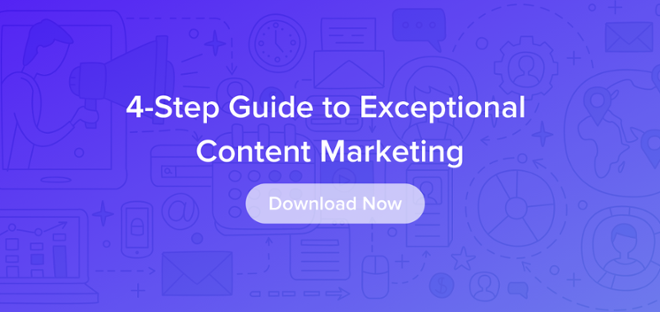
LinkedIn shocked the online publishing world earlier this year by opening its publishing platform to the masses. Thousands of individuals have uploaded their insights in hopes of making it on a popular channel and reaching hundreds of thousands of people.
And opening the floodgates makes it tricky to find the gems amongst the muck that filters through. To understand what gives an article that shiny appeal, I’ve read numerous studies and analyses, only to find a lot of contradictory information. So I decided to analyze data from my own articles and create a series that reflects my findings.
I won’t pretend to be a statistician, and this isn’t a perfectly scientific study. Using a sample size of 35 posts (and growing), I’ve uncovered some interesting trends, and I hope you’ll find them helpful, too.
Tip No. 1: Don’t Put Readers Down in the Headline
I tend to focus on improving weaknesses before gloating about my strengths, so my initial instinct was to look at the two worst-performing articles to find commonalities. And the relationship was easy to see.
Here are the two worst-performing article titles:
- “Stop Being a Lazy Guest Blogger”: 418 views
- “What’s Wrong With Your Content Team? You”: 394 views
To give these numbers some context, the average number of views for the 35 articles I studied was 2,907.69. These two terribly performing articles had one main thing in common: They’re fairly aggressive and definitely not encouraging.
In the first article, I accuse the reader of being lazy; the second is essentially blaming readers for problems within their content team. Now I see why people didn’t want to click through.
After observing this fact, I did some research on headlines to see how this tactic panned out across the Internet. I found a couple of contrasting stats, but they also shed light on the underlying deficiency in these titles.
- Address readers in the headline. According to Moz, your headline should acknowledge readers. In its study, 21 percent of respondents preferred the headline that refers to readers as “you.” It didn’t, however, recommend addressing the reader in an aggressive tone or calling them lazy. That’s likely where I lost the reader.
- Negative superlatives perform better than positive ones. Outbrain did a study that showed that the average click-through rate on headlines with negative superlatives was 63 percent higher than those with positive superlatives. Outbrain suggests that readers assume the author isn’t being self-promotional and trust the authenticity. Although my headlines didn’t include a superlative, it’s important to note that using negative words in a headline isn’t always a bad idea. Directly criticizing readers, however, turns them away.
This first correlation I found reiterated an important lesson from my kindergarten days: Treat others as you would like to be treated. If I want readers to click on my headline and read the article, I should write something that speaks to them and communicates a direct value.
Here would be my revised headlines for the same articles:
- “How Guest Bloggers Can Be More Proactive”
- “Only You Can Help Your Content Team Improve”
In the next article, I’ll share trends I discovered among my two top-performing LinkedIn posts.
Which elements have made your LinkedIn posts successful? What practices do you try to avoid? I’d love to hear about your experiences in the comments.
When creating content for LinkedIn, follow our easy 4-step guide for optimal results!








